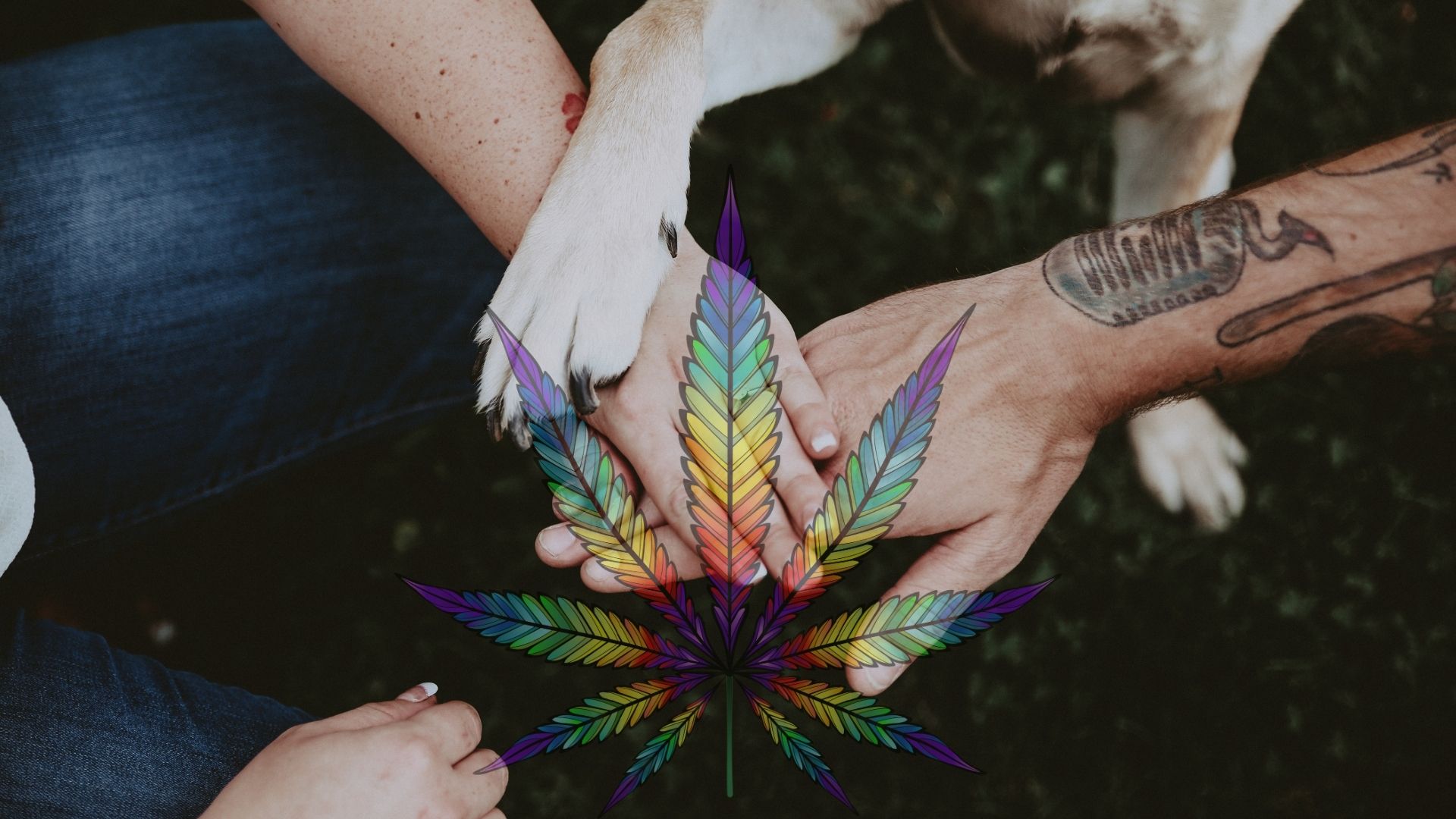
Have you ever left the house and saw your dog moaning or barking as you leave or heard yourself say this is happening while you are out? You may have come home and your new couch has been smashed to pieces, or your dog has been in an accident even though he was potty trained. Helping dogs with anxiety is the resolution of many masters.
Your puppy is fine when you are around. Problems only seem to start when you leave or when you were away. If your dog shows signs of discomfort, fear, or panic when you leave him, he may be suffering from separation anxiety.
According to the College of Veterinary Medicine at the University of Illinois at Urbana-Champaign, up to 40% of dogs suffer from separation anxiety. Luckily, there are many ways you can promote your dog’s well-being and make him feel more comfortable in your absence. Just as teachers can suffer from stress.
Use this guide to learn how to spot the warning signs and how to help your dog cope with separation anxiety.
What Are the Causes of Separation Anxiety in Dogs?
Dogs suffer from separation anxiety when they are in emotional distress. This distress can be exacerbated by genetics, with some dogs more likely to experience stress when their owner is away.
In other cases, separation anxiety may be due to other circumstances. For example, a dog that its former owners have abandoned for good may show symptoms. Under environmental stress, such as thunder, a dog may experience anxiety from a thunderstorm and feel more anxious if its owner leaves.
Your dog may suffer from separation anxiety whenever you are away. Or, he may feel good when you go, as long as another person is present.
Common signs of separation anxiety in dogs
Separation anxiety manifests itself in various ways. Sometimes the result is physically damaging – destroying property, having an accident, etc. Sometimes it is more emotional, with your pet appearing scared or agitated.
Symptoms can vary in severity, but the signs of separation anxiety in dogs include:
- Cower
- Behavior that destroys his environment and / or himself, such as chewing a part of the body.
- Attempting to escape, for example by digging a hole or scratching near doors and windows.
- Excessive barking, drooling, moaning or sweating of the paws.
- Improper disposal, even if the dog is clean.
- Reluctance to eat and / or drink
- Licking lips
- Perambulate
- Panting
- Restless behavior
A dog with separation anxiety can also get extremely excited when you get home, sometimes to the point of urinating or knocking things over in the din. If you are still not sure if your pet is suffering from separation anxiety, install a video camera to record your pet while you are away. You can show the pictures to your vet to help them determine the next steps.
How to reduce and soothe separation anxiety in dogs?
We’ve rounded up some of the best common and vet-recommended methods to help dogs with separation anxiety below:
Go and come quietly
Your vet may recommend that you keep departures and arrivals as smooth as possible. You can pack your things the day before and slip away discreetly. When you get home, you can wait until your dog is calm before welcoming him.
Entertain him
Another way to reduce separation anxiety is to provide your pet with something to occupy while you are away. You can give him a stick to chew on when you go away or a toy he can play with.
Leave the television on
Some dogs may even react to animal-friendly TV programs, like the DogTV channel. DogTV cites over 60 research studies on the positive effects of certain types of programs on dogs, including calming and reducing fear and anxiety.
Try alternatives to the cage
If your dog suffers from separation anxiety after being placed and left alone in a crate in your absence, consider other solutions. You could get a baby gate and set it up in a free room with toys and blankets instead. Leave her clothes imbued with your scent.
Tire them out
You can also try to get your pet to burn energy before you leave. Take him for a walk in the morning before going to work. Or play with him and his favorite toy.
Keep a calm demeanor
Try to be gentle and calming when discussing separation anxiety with your dog. A 2015 study by the University of Nebraska found that the emotions and stress levels of the owner and the dog synchronize.
Forgive mistakes
Forgive your dog (and yourself) for the mess, destruction, or increased anxiety that took place when you left. Take a calm approach to interacting with and training your dog.
Take it slow
You can start slowly exposing your dog to pre-departure signals like picking up your keys or putting on your shoes. Stay with him until he has calmed down and begins to understand that there is nothing threatening about these gestures.
Introduce anti-anxiety drugs
When separation anxiety is diagnosed in your dog, the vet will sometimes prescribe medication for the anxiety. This medication is not intended to put the animal to sleep, but rather to relax it.
Call a professional
Finally, always follow your veterinarian’s recommendations. You may be able to gradually desensitize your dog to your absence with the help of a trainer.
We recommend using CBD only to comfort a restless, mature dog, not a puppy. If you do decide to use CBD to help your dog, there are many sites that offer different CBD options to support dog well-being.








